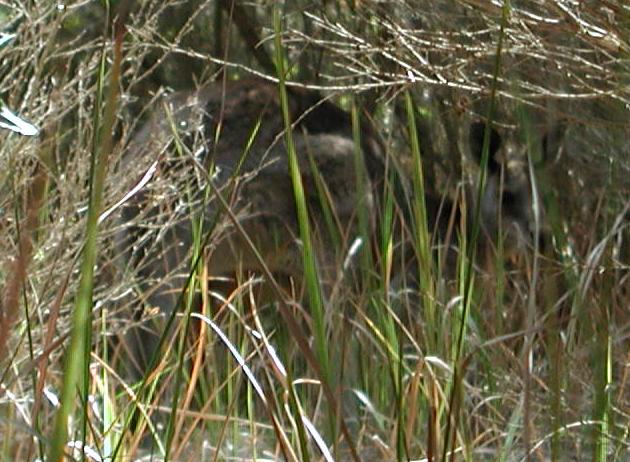 At the edge of the dunes were grey kangaroos that blend in perfecty with the vegetation.
At the edge of the dunes were grey kangaroos that blend in perfecty with the vegetation.
 At the edge of the dunes were grey kangaroos that blend in perfecty with the vegetation.
At the edge of the dunes were grey kangaroos that blend in perfecty with the vegetation.
 Macropus giganteus (Eastern Grey Kangaroo)
Macropus giganteus (Eastern Grey Kangaroo)
 Discussing the vegetation of the foredunes at 18-Mile Swamp.
Discussing the vegetation of the foredunes at 18-Mile Swamp.
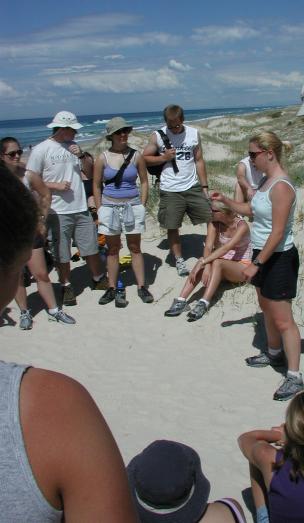
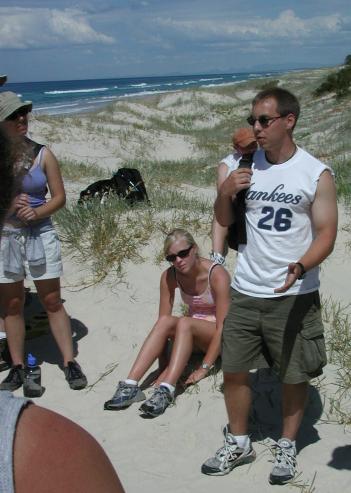
Students giving presentations on the coastal plants at 18-Mile Swamp that were part of
the online Field Guide
that they created while still in Geneva. See the links below.
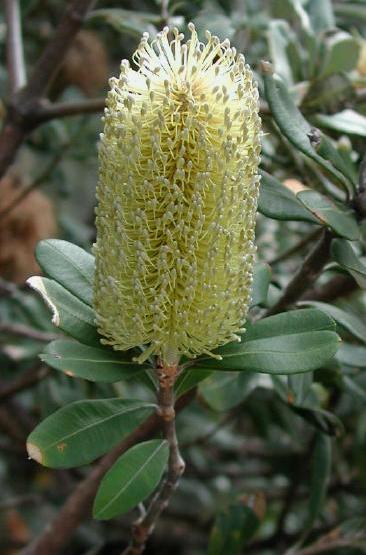
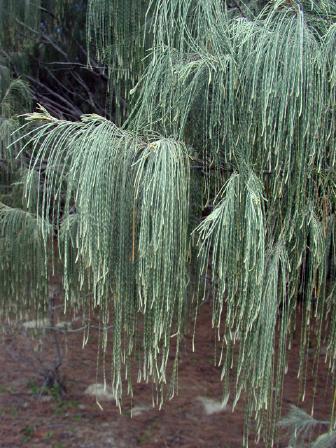
About 70 meters back from the foredunes,
Banksia integrifolia, the coastal
banskia, and
Casuarina equisetifolia, a nitrogen-fixing pioneer
species, begin to occur.
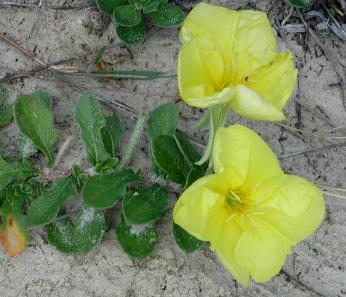
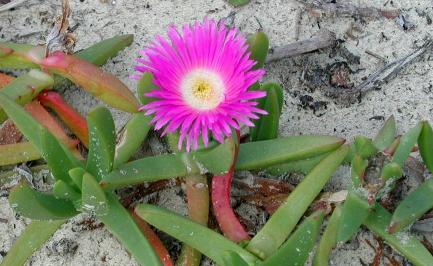
Helping to stabilize soil on the
dunes are
Oenothera drummondii,
"Beach Primrose," and
Carpobrotus glaucescens ,
"Angular Pigface," a succulent vine.
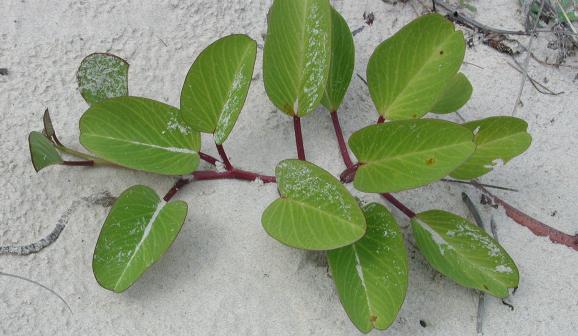 Another staibilizing dune vine is
Ipomaea pes-caprae
or "Goat's-foot Convolvulus."
Another staibilizing dune vine is
Ipomaea pes-caprae
or "Goat's-foot Convolvulus."
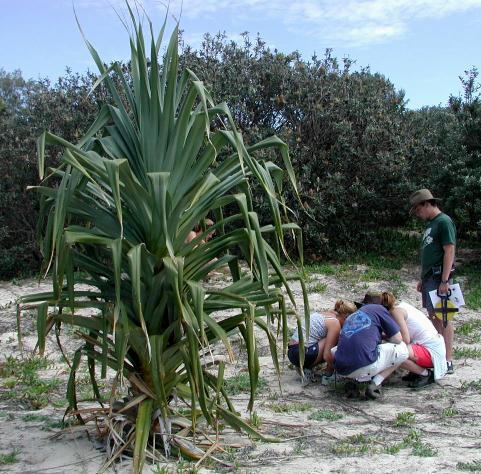 Pandanus tectorius
or "Screw-pine" in the foreground about 100 m back from the foremost dunes.
Pandanus tectorius
or "Screw-pine" in the foreground about 100 m back from the foremost dunes.
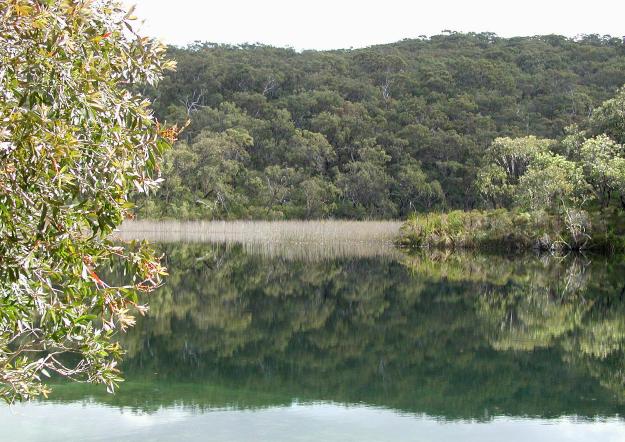 The afternoon included a visit to Blue Lake National Park, a special site for aboriginal
men. The lake is a window into the considerable water table underneath the island. CRL
claims that Redlands
Shire pumps 36 million litres of water per day from the water table to the mainland.
The afternoon included a visit to Blue Lake National Park, a special site for aboriginal
men. The lake is a window into the considerable water table underneath the island. CRL
claims that Redlands
Shire pumps 36 million litres of water per day from the water table to the mainland.
 The day ended back at
MBRS with more project presentations from the Conservation Biology couruse.
The day ended back at
MBRS with more project presentations from the Conservation Biology couruse.